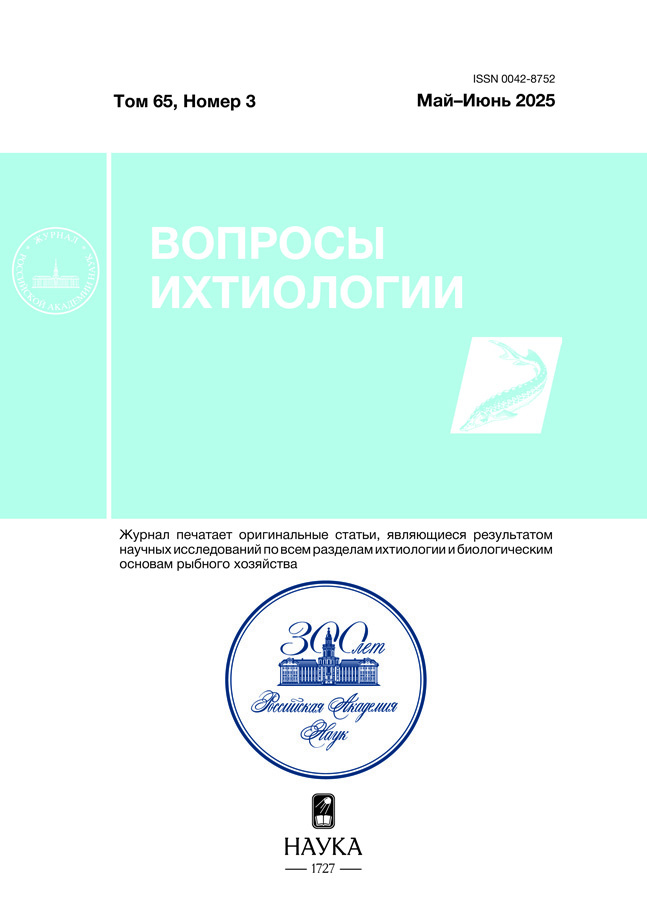New Morphological and Molecular Data on the Southern Ninespine Stickleback, Pungitius platygaster (Gasterosteidae) from Southern Caspian Sea Basin
- Authors: Esmaeili H.R.1, Sayyadzadeh G.2, Abbasi K.3
-
Affiliations:
- Ichthyology and Molecular Systematic Research Laboratory, Zoology Section, Department of Biology, College of Sciences, Shiraz University, Shiraz, Iran
- Department of Biology, Faculty of Sciences, Lorestan University, Khorramabad, Iran
- Inland Waters Aquaculture Research Center, Iranian Fisheries Sciences Research Institute, Agricultural Research, Education and Extension Organization, Bandar Anzali, Iran
- Issue: Vol 63, No 6 (2023)
- Pages: 651-651
- Section: Articles
- URL: https://transsyst.ru/0042-8752/article/view/650339
- DOI: https://doi.org/10.31857/S004287522306005X
- EDN: https://elibrary.ru/AIMQAA
- ID: 650339
Cite item
Abstract
Being a group of popular model organisms in eco-evolutionary biology, genetic, and genomic research studies, the genus Pungitius with 12 species is the most species-rich genus in the stickleback family Gasterosteidae including the Caspian nine-spine stickleback, Pungitius platygaster (Kessler, 1859), the only known species from southern Caspian Sea basin. Here, the new data based on morphological and molecular characters of the mtDNA COI barcode region, and current distribution range of P. platygaster is presented. These data confirm the validity of P. platygaster among its congeners, being sister clade to P. hellenicus from Greece. Morphologically, it is distinguished from the other congeneric species by complete pelvic girdle, 8−11 dorsal spines, and presence of large lateral scutes. The Caspian nine-spine stickleback is found in several closely placed freshwater and brackish waterbodies in the southern Caspian Sea.
Keywords
About the authors
H. R. Esmaeili
Ichthyology and Molecular Systematic Research Laboratory, Zoology Section, Department of Biology, College of Sciences, Shiraz University, Shiraz, Iran
Email: hresmaeili@shirazu.ac.ir
Иран, Шираз
G. Sayyadzadeh
Department of Biology, Faculty of Sciences, Lorestan University, Khorramabad, Iran
Email: hresmaeili@shirazu.ac.ir
Иран, Хоррамабад
K. Abbasi
Inland Waters Aquaculture Research Center, Iranian Fisheries Sciences Research Institute, Agricultural Research, Education and Extension Organization, Bandar Anzali, Iran
Author for correspondence.
Email: hresmaeili@shirazu.ac.ir
Иран, Бандар-Анзали
References
Supplementary files










